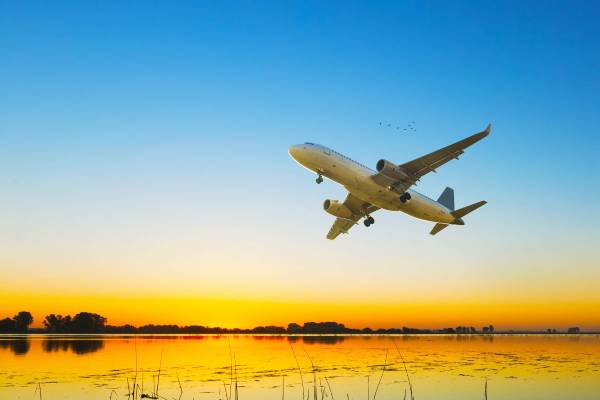
Aero IFC market facing slump due to Covid-19
CAMBRIDGE, April 27, 2020
Aero markets are in the midst of a downturn never before seen in the transport business. The global pandemic has virtually halted most passenger air traffic, and thus the in-flight connectivity (IFC) demand generated by each connected flight, leading global market research and consulting firm NSR highlights.
While this situation is uncertain in the near-term, NSR does expect long-term prospects to remain robust as connectivity is seen as a standard requirement aboard most aircraft, it has reveled in its Aeronautical Satcom Markets report, eighth edition.
Coming off a challenging 2018 and 2019, 2020 has already seriously disrupted the IFC market, with air traffic down by at least 80 per cent in most regions. However, longer-term opportunities remain – once air travel resumes, planes will still require ever more connectivity, yielding a market opportunity more than 2x larger than 2019, with $5 billion in annual retail revenues by 2029. The next 24 months will be a challenge, no doubt – but IFC plans are largely delayed, not cancelled.
“Covid-19 has resulted in an unprecedented, sudden drop of capacity and service demand from grounded aircraft. With the pandemic impact likely to persist for at least 18-24 months, service providers are now forced to (re)visit their fixed leased capacity contracts/costs,” states report author and NSR Analyst, Vivek Suresh Prasad. “Right now, is an incredibly challenging time for all satellite mobility markets – and Aeronautical IFC has the most significant near-term headwinds,” added Brad Grady, NSR Principal Analyst, Mobility. “Yet, NSR is largely optimistic on the longer-term uptake of Aero IFC services – passengers require connectivity now more than ever.”
Overall, business jets continue to be a bright spot, and longer-term Commercial Aviation markets will be the revenue driver – in total generating $37 billion in cumulative retail revenues over the next 10 years. The migration from FSS to GEO-HTS will continue, and adoption of “free wi-fi” is a significant driver for long-term capacity demand. MSS/L-band will continue to fuel operational connectivity, while General Aviation is on a growth-path for greater adoption rates. Bottom line, while today is quite challenging, and long-term fundamentals continue to point towards more IFC adoption – weathering short/mid-term uncertainty will be the key challenge for the Aeronautical Satcom sector. - TradeArabia News Service







